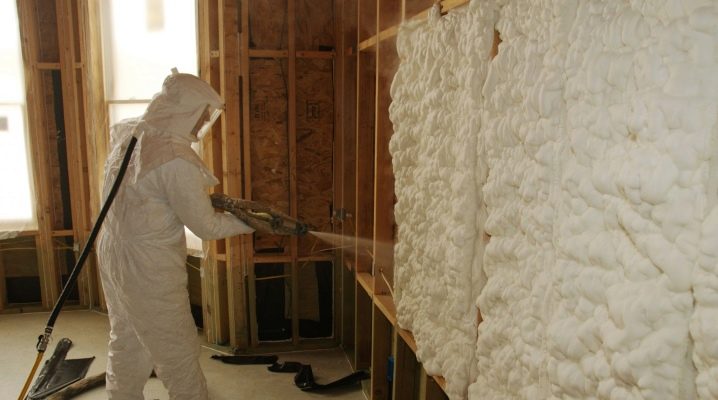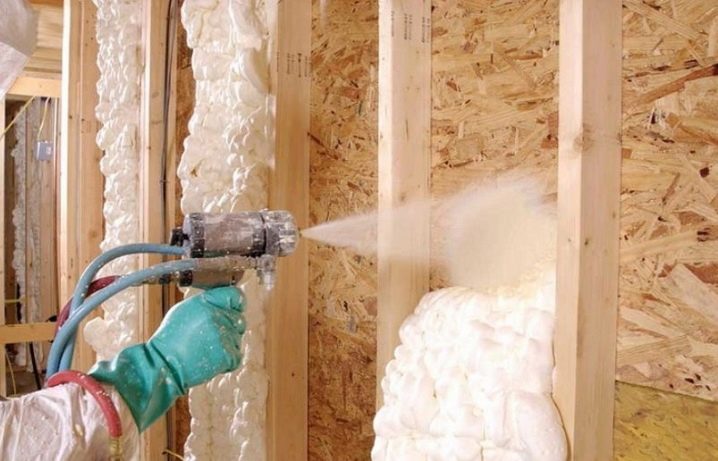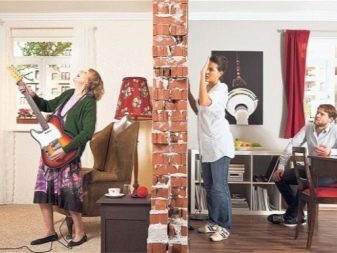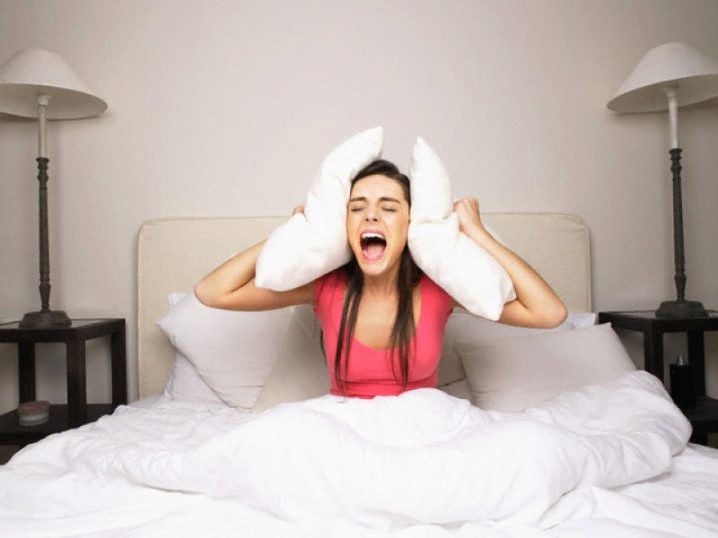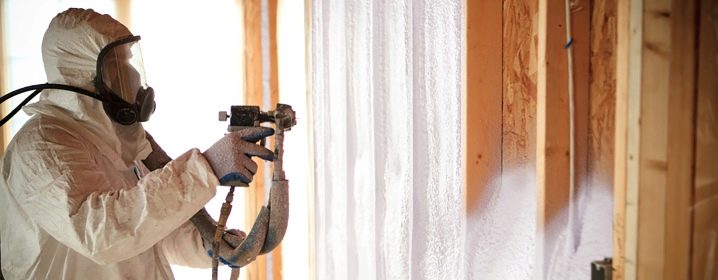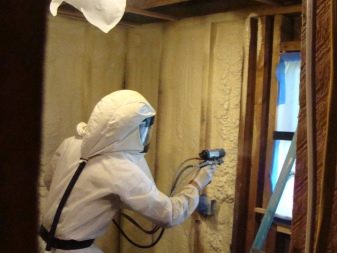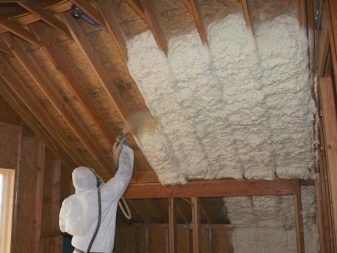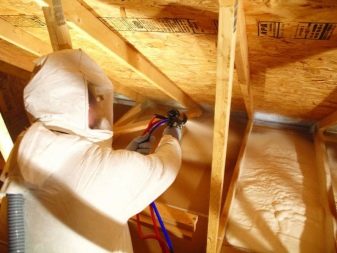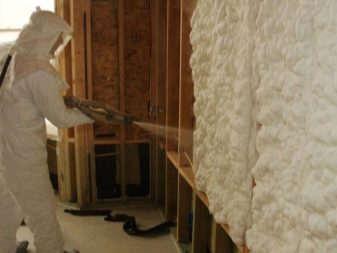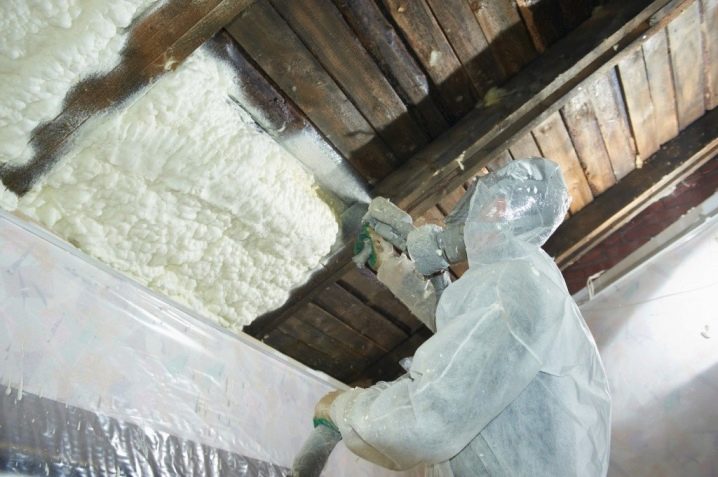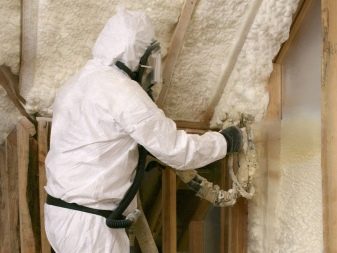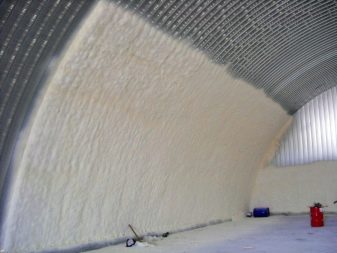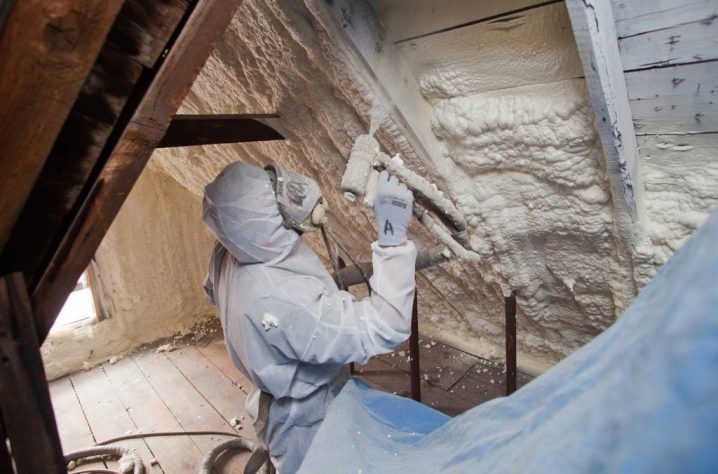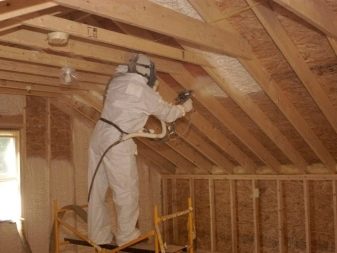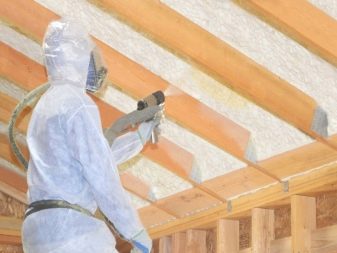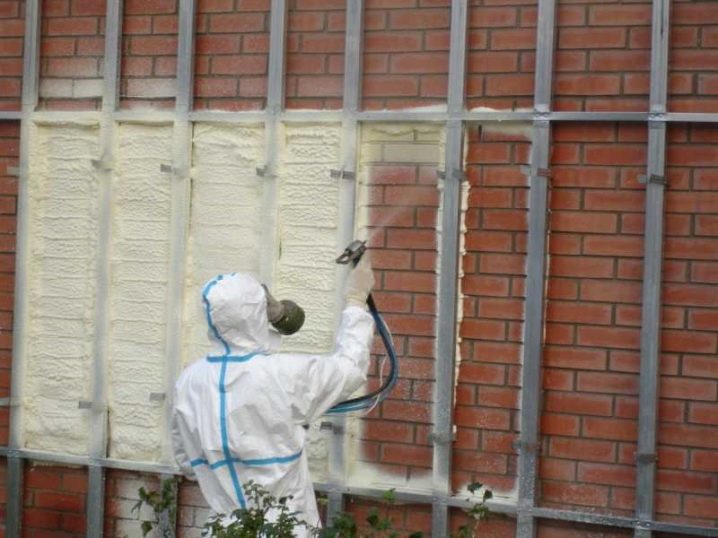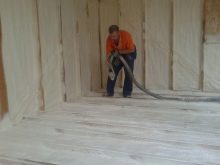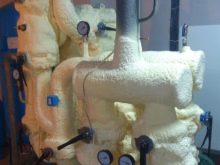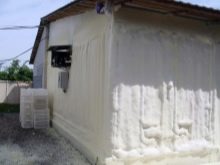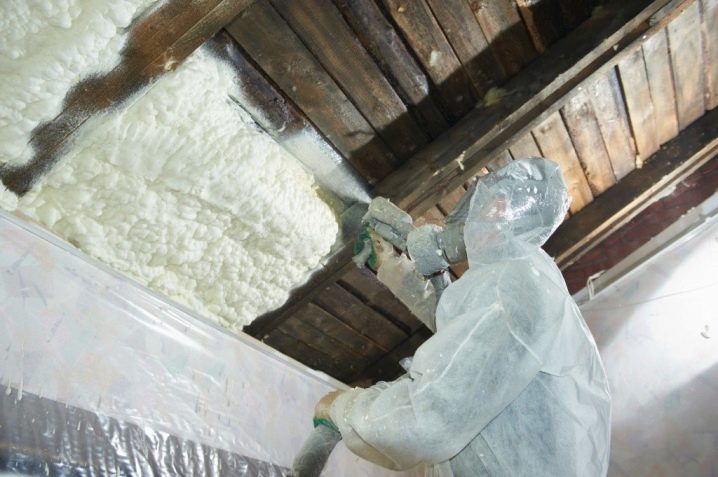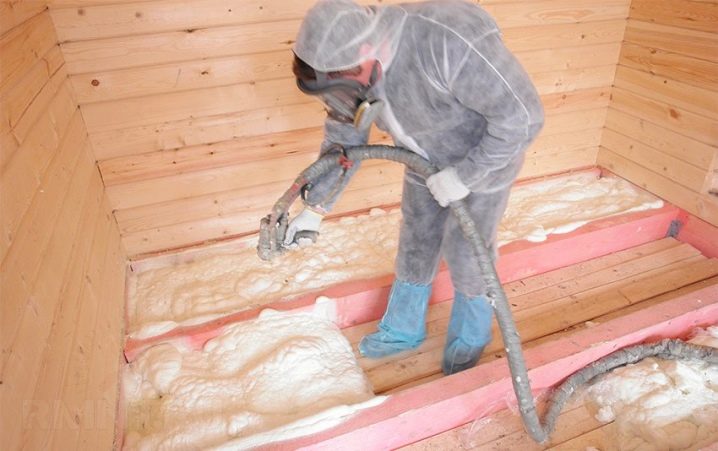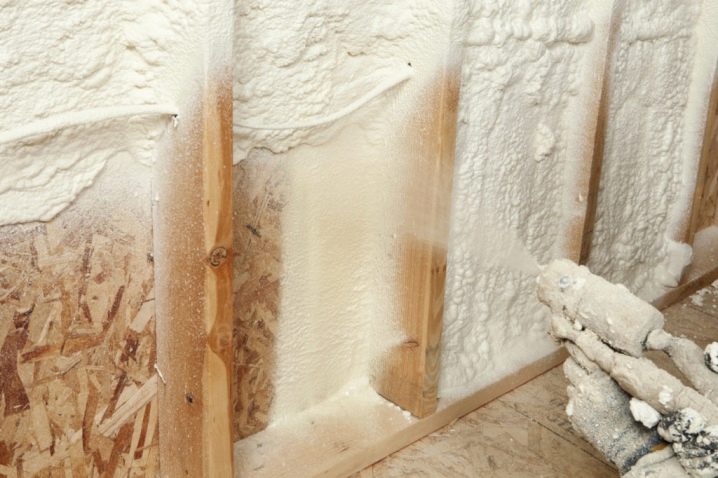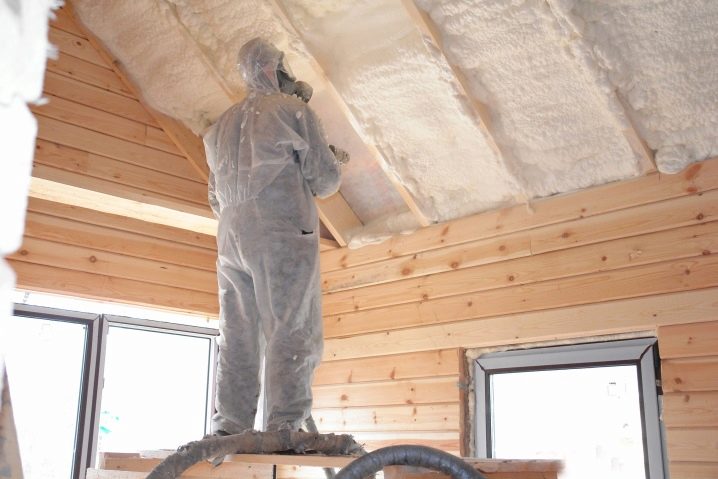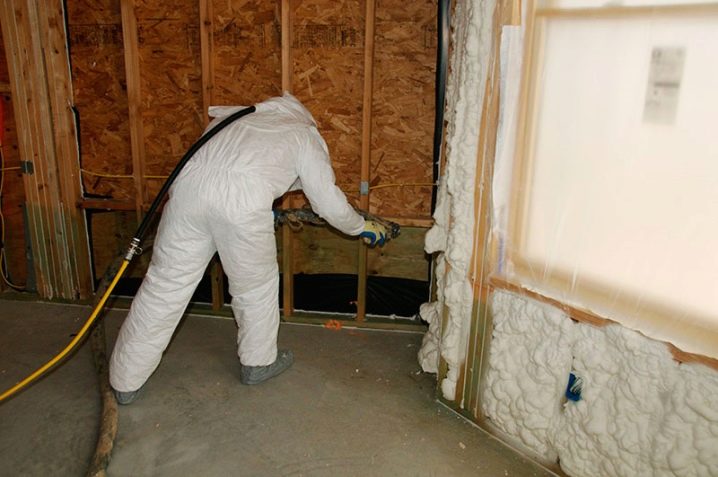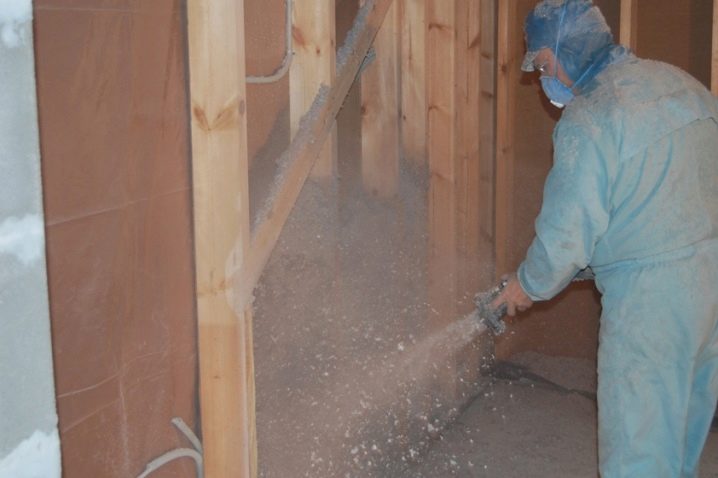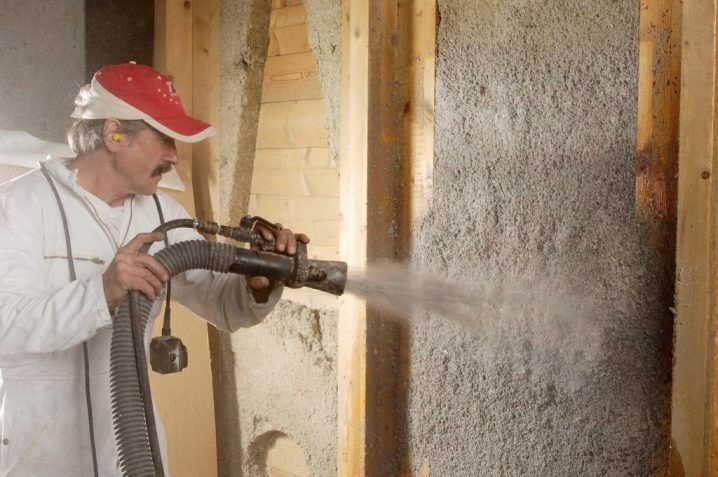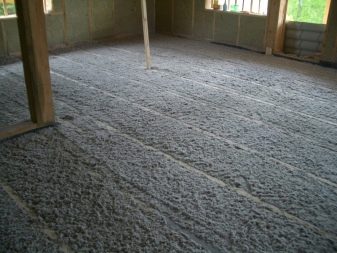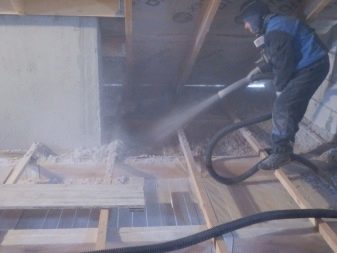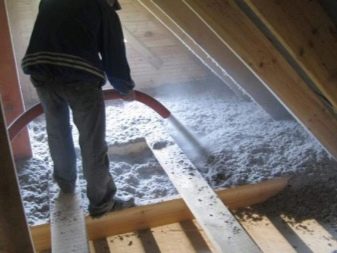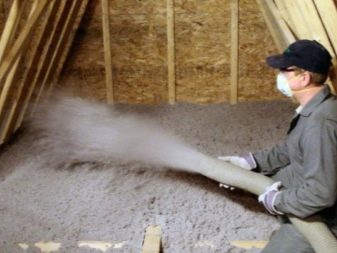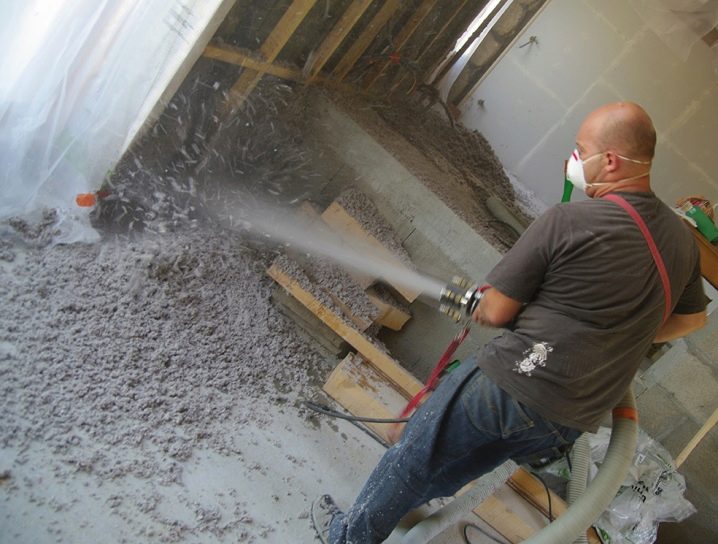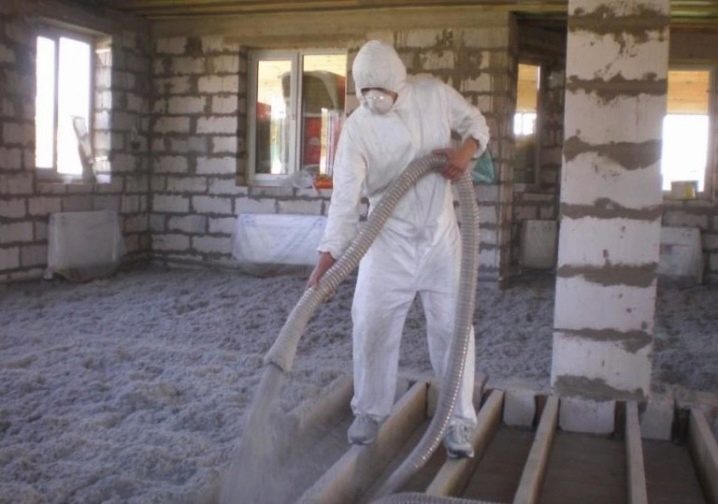Sprayed sound insulation: features and benefits
Spending time in your own home, hunting for a break from everyday worries and extremely comfortable. But sometimes extraneous noises do not allow this to happen. It turns out that sound insulation is one of the main conditions for comfortable rest. In this case, soundproof foam will help, that is, liquid sound insulation or other types.
Types of noise
There are many different noises, here are some of them:
- Airborne noise This noise is especially annoying, it creates an uncomfortable state. Airborne noise is reproduced when driving vehicles and because of the operation of equipment outside the window. Loud-voiced neighbors or passers-by, sounds made by animals (dogs, cats and others) - all this includes airborne noise.
- Impact noise This kind of noise is due to a knock. The annoying sound of the shock variety produces an excitement of air, and knocks can be heard over long distances.
- Structural noise. Occurs in the ventilation channels, from the malfunctioning of the water supply. Unpleasant structural sounds can be heard through different devices of the room. These are various communications of heating, plumbing and ventilation.
Insulation with polyurethane foam
Not so long ago, the sprayed soundproofing was not available to the ordinary homeowner. Its price was much higher than other methods. The cost of expenditure and associated funds was large, and the procedure itself was almost inaccessible. Recently, the development of the production of raw materials for the manufacture of polyurethane foam gives everyone the opportunity to equip housing with such insulation.
Thanks to the sprayed sound protection, it is possible to isolate oneself from various types of noise at a cost comparable to other types of sound insulation.
Special features
Soundproofing of the room with polyurethane foam is made by jet spraying of the composition of some reagents, namely:
- polyester in interaction with the polyisocyanate, forming a foam with large multiplicity;
- fire retardant, warning smoldering and the occurrence of corrosive smoke in case of fire.
After combining the components in the sprayer and applying them to the plane of the walls or another surface, instantaneous polymerization and hardening of the polyurethane foam occurs.
Excellent sound insulation is formed, and all due to the fact that 90% of the formation are fine air bubbles.
Philistines, for whom soundproofing of the living space is simply necessary, can resort to the help of companies offering a whole range of services. Many of them have available materials that comply with safety standards, the latest technology and reasonable prices.
Advantages of the method
When performing sound insulation of the walls of housing PPU method of spraying the composition on the base, at the same time an additional number of problems are solved:
- Heat insulation of the room without seams with a service life of up to thirty years.
- Performing waterproofing of walls in rooms with high humidity, for example, in the bathroom or kitchen.
- The sound insulation of the floor covering, besides the possibility of eliminating extraneous noise, will create a layer on the top of the screed that absorbs moisture in the amount of two percent.Whereas polystyrene foam absorbs up to ten percent moisture.
- Rooms with an angular location in a panel building will have thermal insulation and protection from fungi and mold, due to the reduction of vapor permeability of the walls from the street.
- Noise insulation of the ceiling surface in the room will not need auxiliary suspension devices and difficult repairs, it perfectly hides under stretch-type ceilings.
- Polyurethane foam perfectly interacts with any surfaces, which makes it possible to spray on any base, including the surface of concrete, wood and gypsum fiber. At the same time he fills all the seams and flaws in the flatness of the plane.
- The use of polyurethane foam in the house of wood eliminates the installation of interlayers in the ventilation system and waterproofing, giving the possibility of spraying from the inside onto the plane of the roof material.
Application area
The materials used for the manufacture of foam from polymers, have a large multiplicity, the volume of the composition expands up to twenty times, which proves restrictions in use:
- the temperature of the sprayed surface should not exceed 100 degrees;
- it is not necessary to allow hit under direct beams of the sun or other ultra-violet influence.
This can happen when:
- insulation of exterior parts of the building or structural parts devoid of finishing material;
- thermal insulation of pipes designed for the passage of high temperature liquids.
The method of applying polyurethane foam by spraying is used in the following areas:
- sound insulation of the floor in the dwelling and walls in houses built of panels, wood or brick;
- thermal insulation of not very hot pipelines laid above the ground or buried to a shallow depth from the ground level;
- thermal insulation of refrigerators, refrigerators of various modifications and purposes.
Method of spraying polyurethane foam
Sound insulation of the ceiling in multi-storey buildings is applied by continuously spraying the composition of the interacting reagents onto the base surface with several approaches, the number of which is determined by the thickness of the ceiling from the top floor and depending on the financial capacity for installation work. If suspended ceilings of plasterboard are provided,then before the start of spraying the insulation, it is necessary to install the ceiling frame structure, and when the ceiling is equipped with a tension material, there is no need for these actions, since the main parts are mounted on the walls.
Isolation of noise on the floor is made by two methods:
- the gap on which the flooring is laid;
- on the overlap from the lower floor, which forces to pour polyurethane foam with concrete solution fifty millimeter thick.
Before applying polyurethane foam on the partitions between the rooms and the outer walls, it is necessary to mount the batten with wooden bars or metal profiles, which make it possible to attach the grid for plaster or sheeting with building materials.
If you need to protect yourself from noise ...
The noise-insulating or sound-absorbing mixture of the modern look has mostly only positive reviews. All homeowners, intrigued by the properties of polyurethane foam spraying techniques, can contact trade companies, whose professional staff will be able to help make the home isolated from extraneous noise in houses built of any building material.The calculation of the final cost of work will be made on the basis of measurements, the calculation of the total processing area and the required thickness of polyurethane foam spraying, which depends on the thickness of the overlap between the floors or the pouring of the concrete solution and the walls between the apartments in the building.
If the priority preferences in the environmental composition, certain terms of work and rational calculation of price and quality, you can search for a suitable company on the Internet. Call the phone number or leave a request on the site, and the specialist will find the right comparable solution to the problem of any complexity.
Cellulose based materials
Sprayed coatings are used to reduce the time of booming and reduce the volume of noise in public and entertainment areas. The main component of the insulation is cellulose fibers. They are not dangerous to the respiratory tract, they do not cause allergies, which characterizes the coating as an environmentally friendly substance.
The technique of spraying coatings provides many advantages over their standard counterparts, reducing the permeability of sound.
The manufacture of this coating is made by spraying cellulose flakes impregnated with an adhesive composition on a specific surface.The application is made using a specially equipped installation. Flakes of material are fed by air from the equipment tank to the spray gun, where they are mixed with adhesive and sprayed onto the surface that needs to be processed (partitions, floor and ceiling overlaps).
This technology makes it possible to form an acoustic coating without seams on a plane of various shapes, as well as to produce detailed processing of certain areas. In contrast to the sound-absorbing plates, the method allows finding unusual design solutions, neatly fitting the acoustic insulation into the finished interior.
Due to the original composition of the adhesive, coatings can be sprayed without special preparation on building materials of different composition: concrete, brick, plasterboard, glass, galvanized and ordinary metal.
High adhesion of glue with dissimilar materials makes it possible to produce strong coatings up to 70 mm thick.
If the deposition thickness is two centimeters, then the additional gravity is evenly distributed over the ceiling and is about two kilograms per square meter.A flat surface and the desired thickness of the finished insulation are achieved by spraying in the required number of layers. The optimal thickness of a single pass is about 5 mm.
Increased work efficiency is another distinguishing feature of the coating. It gives the opportunity to make installation of coatings in an extremely short time, without making significant changes to the established schedule for other works on finishing. The appearance of the finished coating resembles a spray of plaster. There are two main types that vary in size of the flakes that make them up.
One type of spraying consists of smaller flakes of cellulose, about 5 mm. It has a more uniform surface relief. The second type, respectively, with larger parts of cellulose and less even relief.
The color of the coating can be created both by pigmentation of cellulose in the manufacturing process, and during auxiliary painting of the surface of the finished spraying with water-based paint.
If necessary, spraying can be cleaned with a vacuum cleaner, for large surfaces cleaning with compressed air with a compressor is desirable. Cleaning of sputters produced on the ceiling is required less than once every two years due to the effect of antistatic additives used in the composition of cellulose.
The cost per square meter of deposition is calculated depending on its thickness and taking into account the cost of work performed.
Coatings are technologically simple, economical, and are an excellent solution for imparting an acoustic effect in buildings with large volumes of premises, such as entertainment centers, cinemas, gyms, restaurants, shopping malls and the like.
On how to properly apply polyurethane foam for sound insulation, you can see in the video below.
